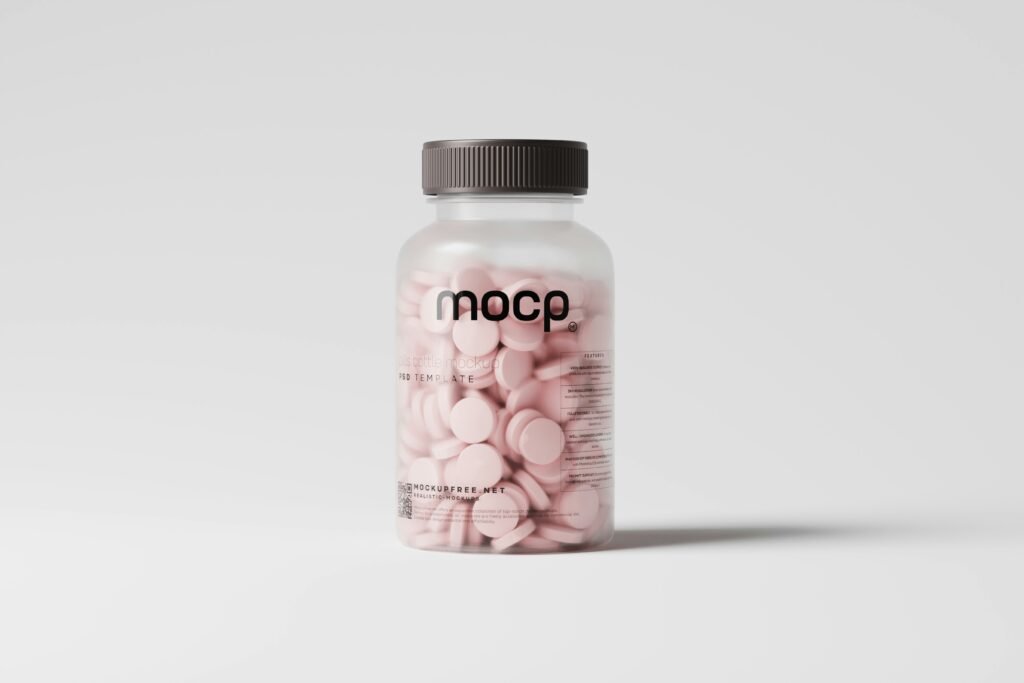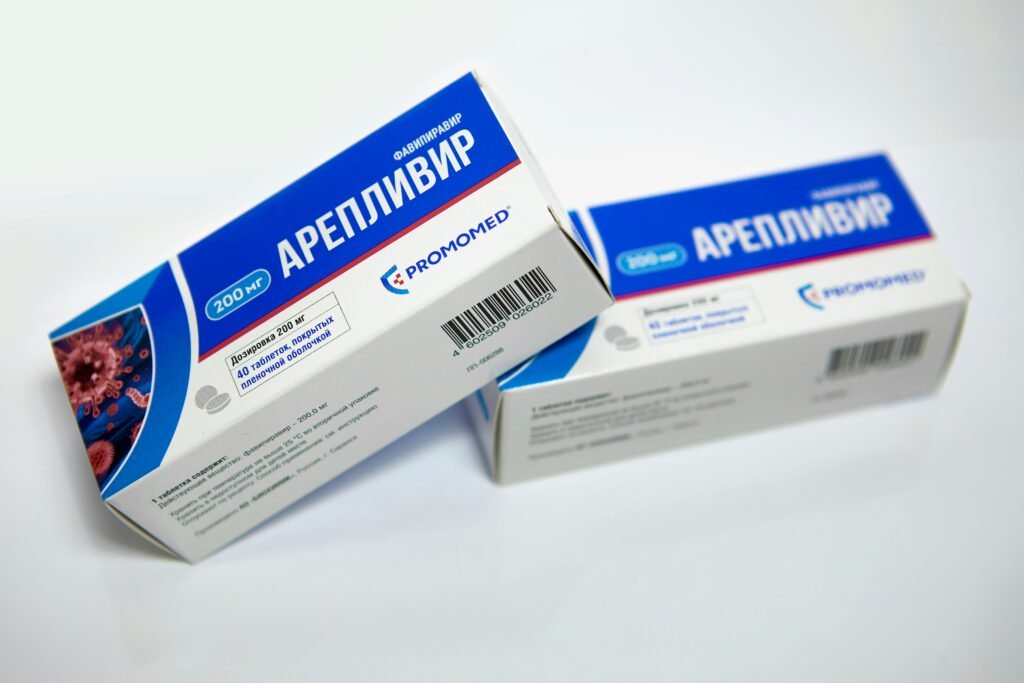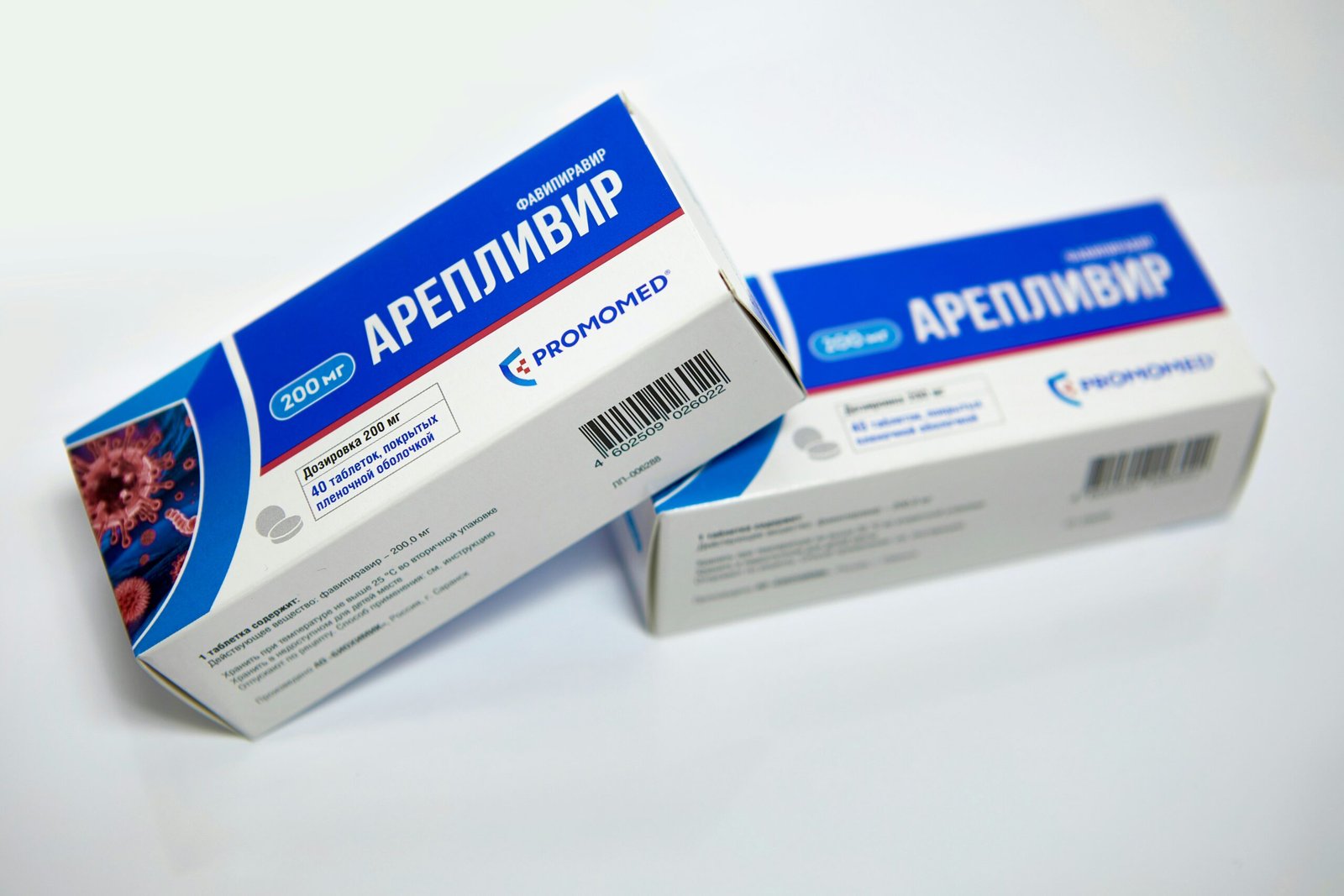Have you ever wondered why your body reacts the way it does when you step out into the chilly air? The scientific dance of hormones in response to cold is fascinating, especially when you consider the role of norepinephrine. Understanding how this hormone is released during cold exposure can deepen your knowledge of your body’s intricate regulatory mechanisms. So, let’s unpack this together.
Understanding Norepinephrine: The Basics
Norepinephrine, also known as noradrenaline, is more than just a buzzword in your biology class. It’s a critical player in the sympathetic nervous system, which is responsible for your fight-or-flight response. This hormone functions in various capacities, including regulating attention, responding to stress, and, importantly, regulating blood flow and metabolic rate.
What Happens When You’re Cold?
When you’re exposed to cold temperatures, your body requires a rapid response to maintain core temperature and protect vital organs. This is where norepinephrine steps in. Upon cold exposure, your body undergoes numerous physiological changes. Blood vessels constrict, heart rate increases, and energy pathways are activated—all with the help of norepinephrine.
How Norepinephrine Is Released
But how does norepinephrine get released during cold exposure? The process involves a well-coordinated reaction initiated by your nervous system. Your body senses the drop in temperature through thermoreceptors in your skin. These receptors communicate with the hypothalamus in your brain, which acts as your body’s thermostat.

The Mechanism of Norepinephrine Release
The Trigger: Cold Exposure
Cold exposure acts as a trigger for norepinephrine release. When you step into a cold environment, the sudden drop in temperature surprises your body, setting off alarms. The hypothalamus signals the adrenal medulla and sympathetic nerve endings to release norepinephrine into the bloodstream, which then spreads throughout your body.
Sympathetic Nervous System Activation
The sympathetic nervous system is crucial for the release of norepinephrine. Imagine it as your body’s emergency response team. When the cold is sensed, the hypothalamus stimulates this system, causing adrenal medulla cells to release norepinephrine rapidly.
Conversion and Interaction
Once released into the bloodstream, norepinephrine interacts with adrenergic receptors on various tissues, including blood vessels and adipose (fat) tissue. This interaction promotes vasoconstriction, which helps to reduce heat loss. Simultaneously, it stimulates the breakdown of stored fat for energy, which is essential in generating heat and maintaining your body’s core temperature.

Impact of Norepinephrine on the Body
Thermogenesis: The Heat Generation Process
In direct response to norepinephrine, your body undergoes thermogenesis. This is the process through which your body generates heat in response to cold exposure. Norepinephrine facilitates this by activating brown adipose tissue (BAT). Unlike regular fat, BAT is specialized in burning energy and generating heat.
Blood Flow Regulation
Another significant effect of norepinephrine is the regulation of blood flow. When exposed to cold, blood vessels constrict, which helps to redirect blood flow to vital organs and away from the extremities. This process, known as peripheral vasoconstriction, is crucial for maintaining core body temperature but can make your fingers and toes feel annoyingly cold.
Psychological Effects
Cold exposure and the subsequent release of norepinephrine also have psychological effects. Increased levels of norepinephrine can enhance alertness and mood. You might have noticed this on a particularly brisk morning jog where the cold air invigorates your senses and sharpens your focus. So, not only is your body reacting physically to the cold, but your mind is also getting a little boost.

Long-Term Effects of Cold Exposure
Adaptation and Increased Norepinephrine Response
When you frequently expose your body to cold, it adapts over time, potentially enhancing your overall norepinephrine response. There’s evidence to suggest that regular cold exposure can create a heightened capacity for norepinephrine release. This increased response can aid in stress resilience, improved mental focus, and better metabolic regulation.
Metabolic Changes
Long-term cold exposure can significantly alter your metabolism. Adaptations include an increase in the body’s ability to burn fat for fuel and a potential increase in lean muscle mass. This metabolic adaptation can be a key factor for those looking at the benefits for weight management or overall fitness.
Possible Risks or Drawbacks
While there are numerous benefits, it’s essential to be cautious about excessive cold exposure. Prolonged exposure can lead to hypothermia or frostbite, so it’s crucial to understand your body’s limits. Always listen to your body’s signals, especially when it involves extreme temperatures.

Practical Applications: Using Norepinephrine in Cold Exposure
Cold Showers and Adaptation
Cold showers aren’t just for the brave—they can be a practical way to help your body adapt to cold exposure. Starting with warm water and gradually transitioning to cold can stimulate norepinephrine release, promoting adaptation. This simple practice can help build your tolerance and boost your mood thanks to that rush of norepinephrine.
Cold Water Immersion
If you’re feeling adventurous, consider looking into cold water immersion techniques often practiced by athletes. These methods leverage the benefits of norepinephrine release during cold exposure for recovery and mental fortitude. Always consult with a professional before trying something like this to ensure it’s safe for your specific health situation.
Outdoor Activities
Participating in outdoor winter activities such as hiking, snowshoeing, or skiing can also be an excellent way to harness the power of norepinephrine. Not only do these activities expose you to cold, but they also provide exercise, which further promotes the benefits of norepinephrine. So, get outside and enjoy the beauty of winter!

Conclusion: Embracing the Chill
Understanding how norepinephrine is released during cold exposure reveals a world of fascinating physiological responses. From the moment you sense the cold, your body is orchestrating a complex symphony designed to keep you warm and alert. By embracing cold exposure in a mindful way, you can tap into the benefits that norepinephrine offers, both physically and mentally.
So, the next time you feel that icy air against your skin, remember that your body is working tirelessly to adapt and react. Each shiver is not just a reaction; it’s a sign of your body’s incredible ability to thrive even in the cold. Whether you’re taking that brisk walk, enjoying a cold shower, or simply stepping outside on a chilly day, you’re engaging in a powerful biological response that’s been fine-tuned through evolution.
Take a moment to appreciate that, with a little understanding, you can turn your experiences with cold into opportunities for growth and resilience. Whether it’s through winter sports, cold showers, or the brisk freshness of the air against your skin, embrace the cold for the rich tapestry of responses it invokes in your body.

